During a trip to the Viljandi Folk Festival, Thomas Brown, a Tallinn-based Brit, discovered the true meaning of folk music for the Estonian national identity.
I’d been to Viljandi before, during the heavy snowfall of 2020. The hills offered sledging opportunities beyond anything I’d experienced in the all-too-flat Tallinn. More spectacularly, though, wandering through the ruins of Viljandi Castle was like existing in a C. S. Lewis (a British writer, the author of “The Chronicles of Narnia” – editor) novel.
It was during this time the idea of attending the Viljandi Folk Music Festival was raised. It was hard to believe that this small town of scarcely 17,000 residents could host such an event. Six months later, festival pass in hand, I was ready to travel back to Viljandi.
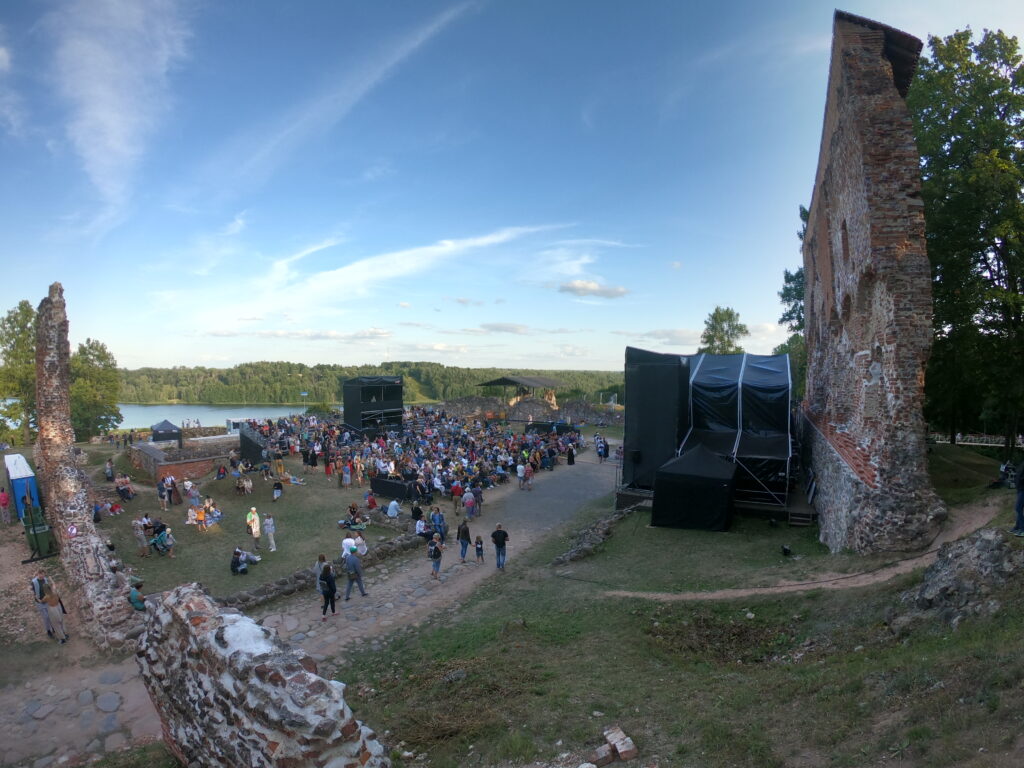
The value of Viljandi
Estonia looked different this time around. Taking the train out of Tallinn in the summer meant thundering into Europe’s greenest garden. The vehicle became encased in the forests that cover 50% of the country.
Viljandi was buzzing with excitement, even though tickets to the festival were limited to 5,000 a day. At the entrance, a COVID-19 vaccination truck was parked proudly. The entrance was lined with smiling staff, keen to welcome anyone and everyone who’d made the journey to this small southern Estonian town.
Tourism in Estonia is predominantly about travelling to Tallinn. For many tourists, this is already an off-the-beaten-track option. However, those seeking something a little less touristy – and by extension, a little more authentic, not to mention affordable – Viljandi is quickly becoming the hip, unspoiled spirit of Estonia.
The locals agree. They’ve made Viljandi their home of art, creativity and culture. This is largely due to important institutions being located there, such as the Viljandi Culture Academy, Ugala theatre and the Estonian Traditional Music Centre. The renowned artist, Paul Kondas, also lived here and the Viljandi Museum now houses a collection of his paintings.
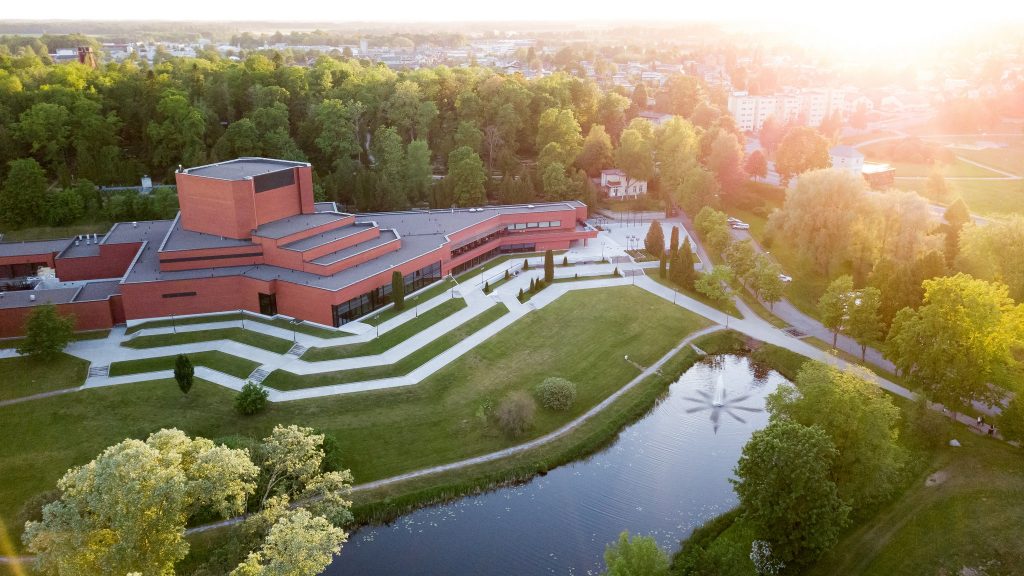
More pertinently, though, it’s the location of one of Europe’s largest folk festivals. The Viljandi Folk Music Festival was launched in 1993, just two years after Estonia restored its independence after the Soviet occupation. It was created to celebrate tradition, heritage and local identity.
The founders view the event as a way to bridge the ancient and the ultra-modern. It takes spiritual values, forged thousands of years ago, and adapts them for the modern world. And here I was, a naive Brit, thinking it was just a bunch of songs.
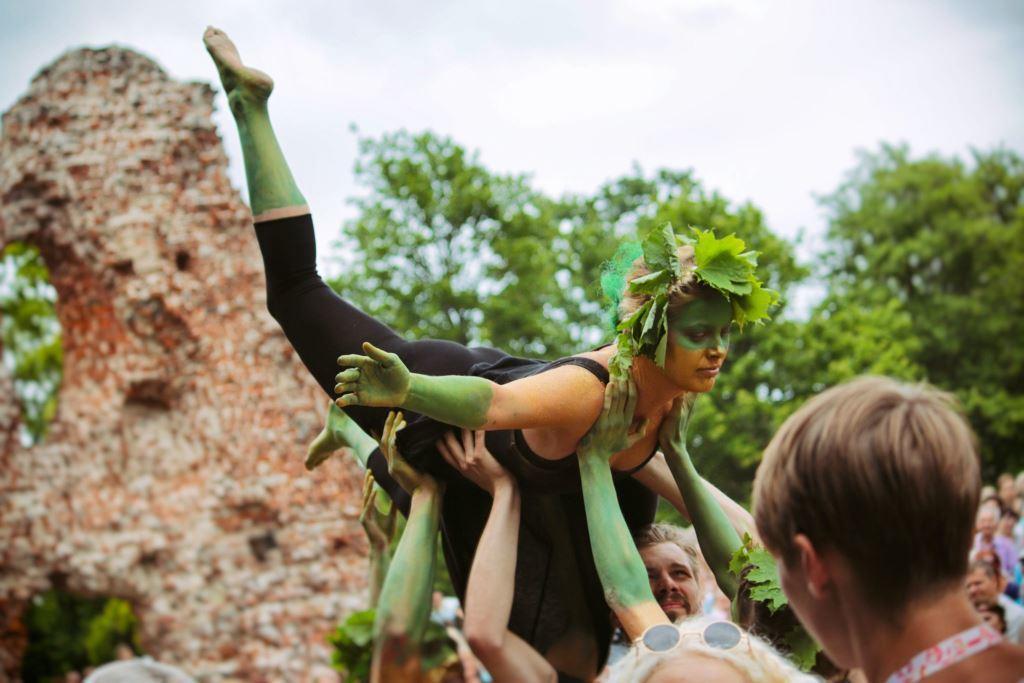
Estonia’s outward-looking folk culture
As an Englishman, I wondered how welcome I’d be at an Estonian folk festival. Sure, the event’s main attraction is listed as its “welcoming atmosphere” but still, I thought it would be too, well, Estonian. I pictured blonde-haired choirs, belting out lyrics well beyond my basic understanding of the local language.
It turns out that the Estonian folk culture is internationally inclined. The first band I saw was Celtic, its songs Irish and Scottish anthems. Then there was Maria, an Italian who was fascinated by folk traditions beyond her own.
Even when the complex rhythms of bands like Metsatöll (an Estonian folk-influenced heavy metal band – editor) were unleashed in their full hardcore glory, it didn’t seem beyond my comprehension. Sure, they were singing about 13th-century mythological battles, but it was clear why the Estonians resonated with this music.
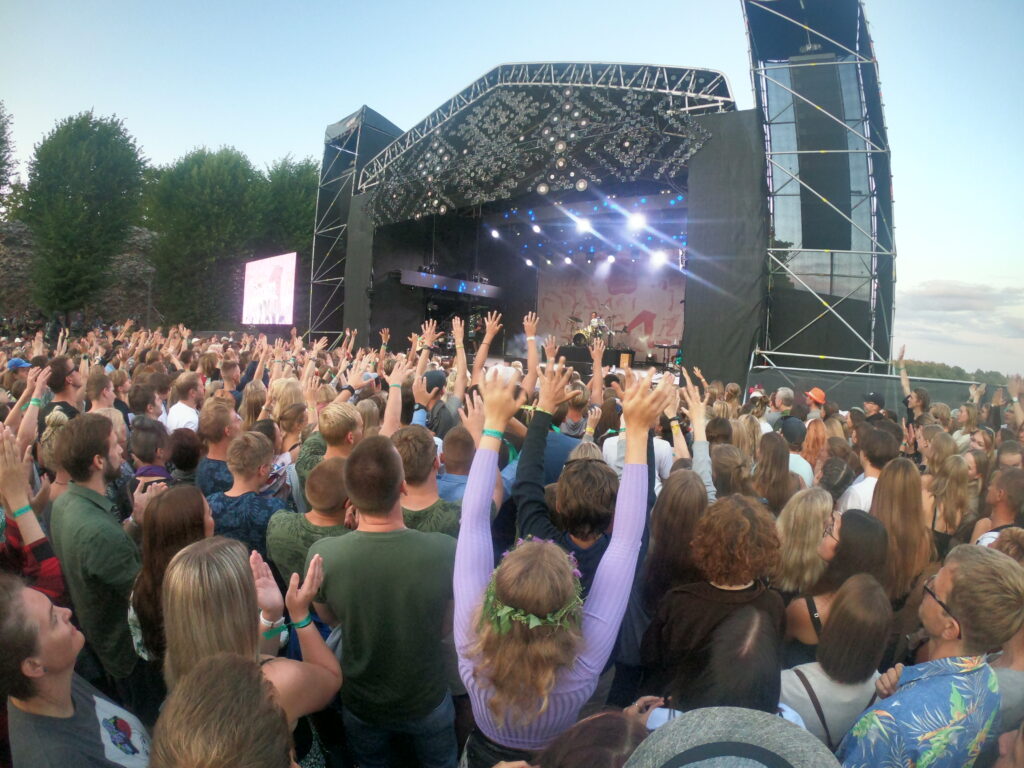
The Estonian national identity has never been exclusive. It draws on traditions from all around the world. It’s not built on a single religion or philosophy but rather on being as inclusive as possible, including to foreigners like myself.
With open arms, the heads of the festival even invited me to an intimate brunch. That’s where I learned exactly why the Viljandi Folk Festival matters. They explained why the audience, which ranges from ages 0-80, find so much inspiration and comfort in attending festivals like this one.
Building on the Singing Revolution
The Estonian national identity was forged in the mid-19th century. It was artists, musicians and poets who first began creating the very concept of Estonia. As this concept spread through the psyche of the people, Estonia was eventually founded in 1918.
Since then, the country has struggled to retain its independence from foreign empires. The head of programming at the Viljandi Folk Music Festival, Tarmo Noormaa, explained why Estonia had so many festivals and why they were so well-funded. He said it was because it was through music that Estonians, perhaps more than any other country, expressed their national identity.

During the Soviet occupation, the choir was the one place where Estonians could be themselves. They could speak their own language and tell their own stories. Noormaa, who lived through the Soviet occupation in the 80s, said the choir was where people like him could come to escape the Russians.
From 1988, the Estonian people began spontaneously reasserting their independence through song. They hosted large open-air concerts in Tartu and Tallinn, where the “five patriotic songs” (a song cycle, created by Alo Mattiisen and Jüri Leesment and partially based on hundred-year-old patriotic choral songs – editor) were played. They also formed human chains (the Baltic Way) – a practice I witnessed at this year’s Viljandi Folk Festival.
This grew into what is now known as the “Singing Revolution”, an event that contributed to a peaceful restoration of Estonia’s independence. The people sang their existence back into being, creating a free republic without the use of warfare.
Over the course of that brunch, I realised the Viljandi Folk Festival was so much more than a fun string of concerts. It’s the lifeblood of Estonia and its people. It’s a rejection of Soviet values in favour of something altogether freer and, yes, welcoming.
The opinions in this article are those of the author. Cover: The author and his Estonian girlfriend taking a selfie with a large crowd in Viljandi Folk Festival 2021. Photo by Thom Brown.

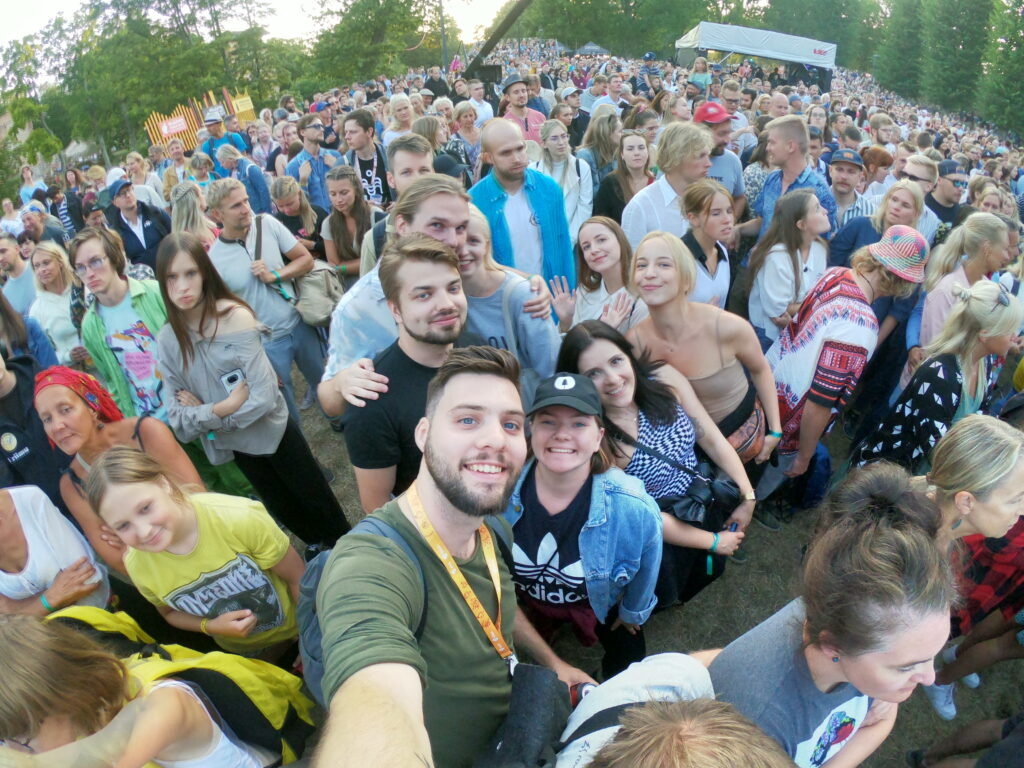
A “rejection of Soviet values”? Was this piece pre-written in 1993 or something?